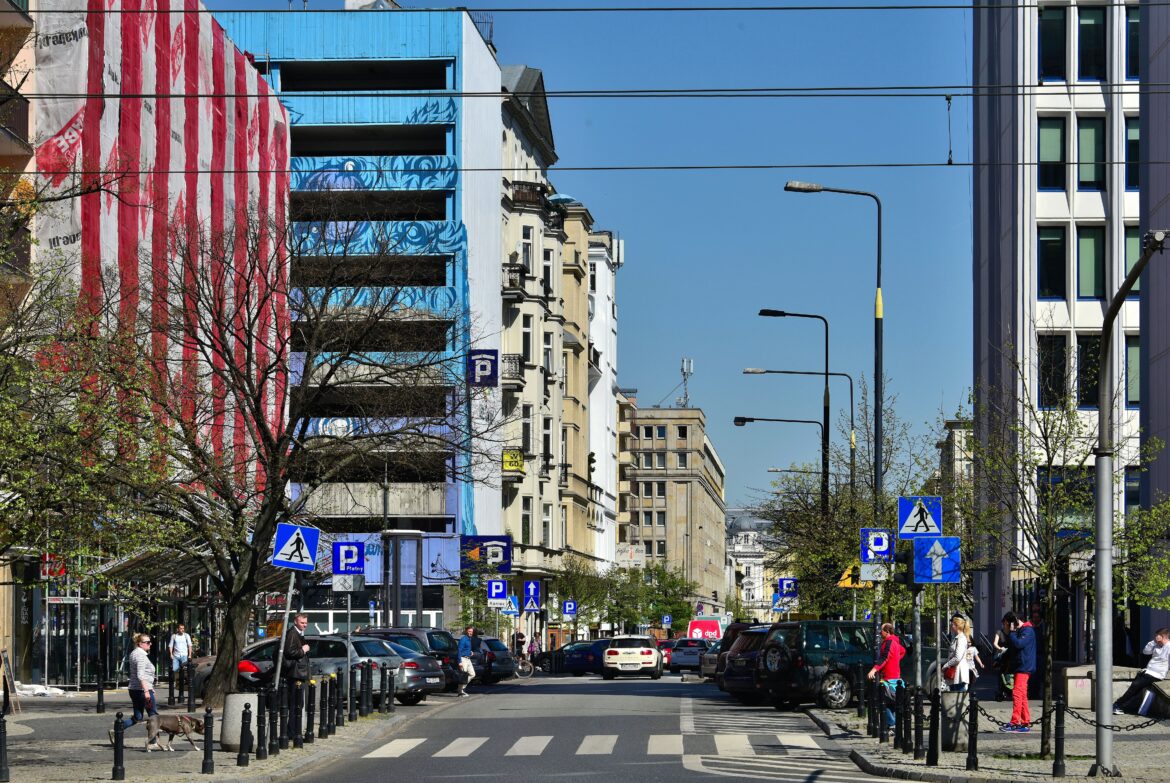Eugenia Wąsowska-Leszczyńska, a pre-war social activist, was one of the many women who provided assistance to Jews in Warsaw as part of the Żegota Council to Aid Jews.
To date, historians have not taken a wider interest in Eugenia Wąsowska-Leszczyńska’s biography. We know that she was born in 1906 in Kałuszyn – a small town in eastern Mazovia, where most of the population were Jews. In the 1930s she worked for the Polish Red Cross, where she oversaw publicity. During this period, she became affiliated with the Democratic Party.
After the outbreak of the Second World War, during the German siege of Warsaw, she was appointed by President Stefan Starzyński to head the collective kitchens. When the German army entered the capital, she again took up social work, caring for wounded soldiers in hospitals. During the occupation, however, she focused on helping the poor Jewish population.
At the end of 1942, at the request of her friends from the Democratic Party, she made her flat at 24 Żurawia Street app. 4 available for the underground purposes of the Żegota Council to Aid Jews. It was a very large place – it had seven rooms and two entrances. All the more important Jewish and Polish Żegota activists met there. The place was never deconspirated. It also housed the contact box of the CK Bund and the Jewish Fighting Organisation. In addition, weapons and money of the Polish Underground State were stored for the Jewish National Committee.
Wąsowska-Leszczyńska also hid Ignacy Samsonowicz, a Jew who collaborated with the Jewish underground, in her flat. After the war, she married him.
She died in 1986 and is buried in the Powązki cemetery in Warsaw.





